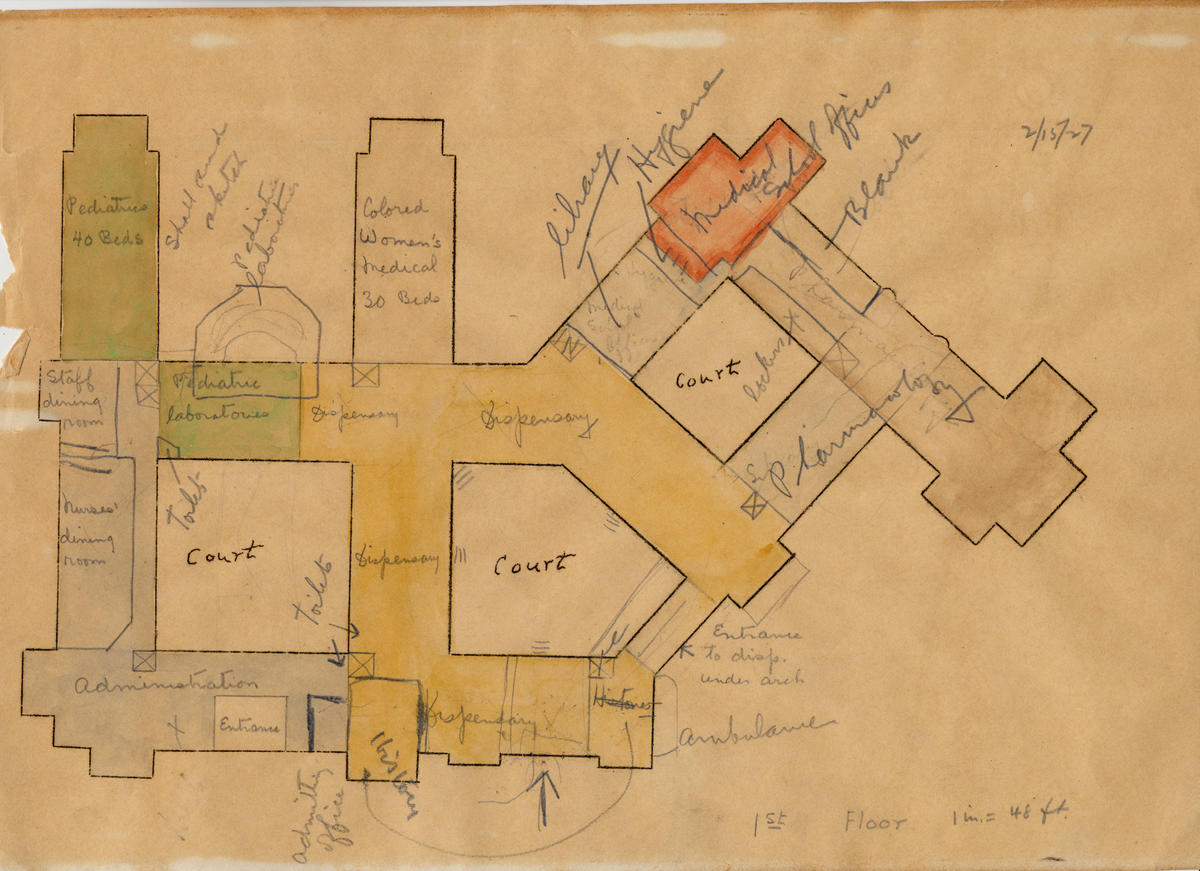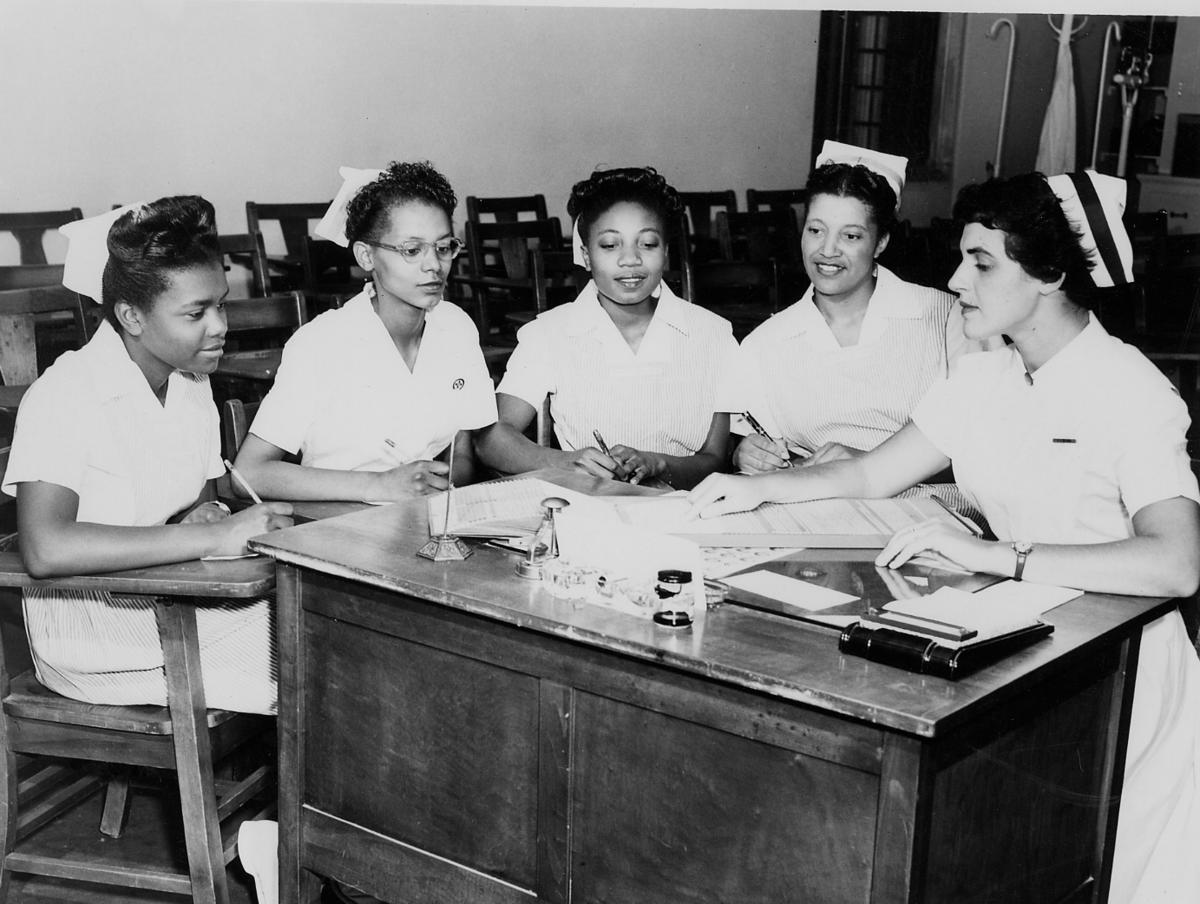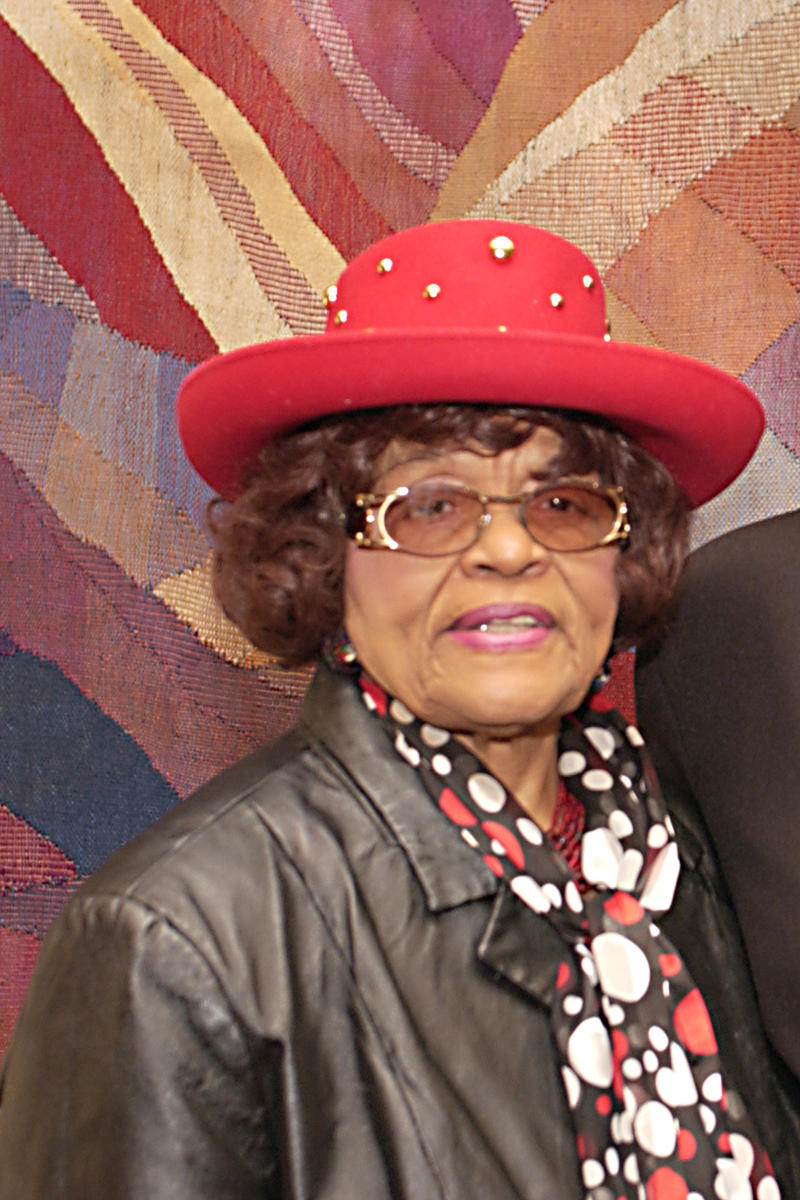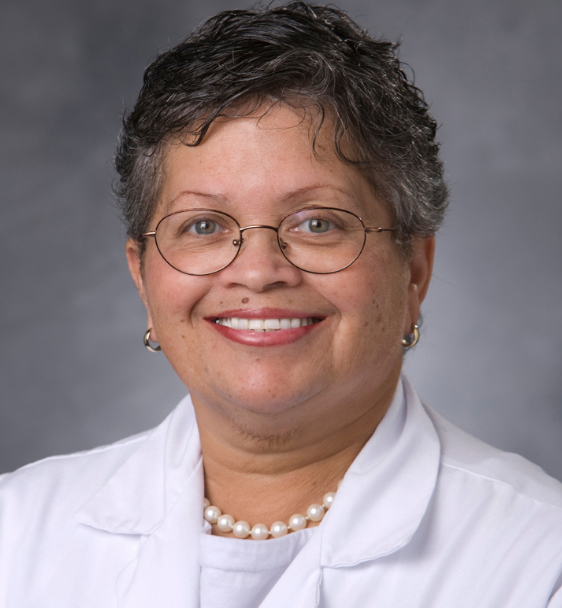With the events of the past year, it has probably become clichéd to say that “we are living in historic times”. However, as we celebrate Black History Month this year, the reality of systemic racism and injustice is forefront in many of our minds. An important first step to addressing systemic racism is learning more about how race and racism is embedded in our history, including that of Duke Health.


The Duke University Medical Center Archives seeks to preserve materials that document the history of Duke Health and make them available for research and education. For example, we have been actively capturing and preserving the 2020 Moments to Movement programs addressing racism for future generations to view while also providing historical photographs such as the one pictured right for educational events. This image of an outpatient clinic in 1935 is a visual representation of inequity in care. Items from our archival collections tell the stories of Duke as an institution as well as the individual stories of the students, faculty, and staff.

From an institutional level, administrative and departmental records provide valuable insights into important policy changes over the years. The
Wilburt C. Davison Papers contain original floor plan sketches of Duke Hospital from 1927, pictured left.
These sketches show the segregation of the wards and the disparity in the number of beds between white and black patients. In the
Barnes Woodhall Papers, a researcher can find memoranda from 1960-1962 about the desegregation of the medical school. In the 1970s, you begin to see documentation on various minority recruitment efforts across the various schools and programs.

Our collections also contain information about specific programs and initiatives. Duke began a licensed practical nursing (LPN) program in 1948. Although there were already several others in the state, Duke’s was the only one in North Carolina established exclusively for training African American nurses. Pictured right are several of the program’s first students. In 1989, the first meeting of the Society of Black Academic Surgeons was held at Duke. In 1991, a new research program entitled, “Health, Behavior and Aging in Black Americans,” was launched and is believed to be the first such program in the country.
While these institutional policies and programs are significant, the experiences and stories of individual members of the Duke Health community are just as important. Donald Love, who worked in pathology from 1930 until his retirement in 1974, is considered Duke Health’s first African American employee. In 1970 he contributed an
article about the opening of the hospital to the
Intercom. Browsing the pages of this publication reveals other campus events, staff news, and general concerns at Duke over the years.

Some of the stories of individuals are told by the individuals themselves in oral histories housed within the Archives. In an oral history interview with Clydie Pugh Myers, one of the first LPN nurses, she recalls that “it was tough, but we hung together. We were scared, for one thing. We were scared whether you was doing right or scared whether you was doing wrong. You didn’t know.”

Jean Spaulding, the first black woman to graduate from the School of Medicine shares a similar experience in her interview. She states that “there was no fading into the woodwork at all.” “It was a matter of toughing it out, and there were no other individuals who were having the same experience.”

Prentiss Harrison was Duke’s first black PA student. He notes that, in the early years, "You had to create your own opportunity," but also makes a point to say, "I think I've had 40 years of fun."

Last year students in the Duke chapter of the Student National Medical Association (SNMA) wrote a letter to the School of Medicine administration about Duke’s response to police violence and their recommendations for equity in the School of Medicine. We recently added this letter to our collections. As we read this letter, it is hard to not draw comparison to the efforts of past leaders like Brenda Armstrong. In a lecture given at a 2008 “Tea with Trailblazers” event at the Medical Center Library, she recounts her experiences with the 1969 Allen Building takeover: “I went in because there were two people that I had to save. The first was me, and the second was Duke. And that I thought that unless Duke understood who it could be for those of us who were the most disenfranchised, that it would never be a great institution. And so long as it could deliver to us, it could deliver to everybody. And I reminded them of the investiture that I had read about who Duke was supposed to be.”
These examples only scratch the surface of the many stories preserved in the Duke Medical Center Archives. We invite any interested individuals to explore our collections. Our
guide on Black History at Duke Health provides a good starting point for research. We are also deeply aware that there are many more stories and voices that are not currently represented in our collection. Please
contact us for more information on how you can share your materials or
financial donations to fund projects such as additional oral histories.

 From an institutional level, administrative and departmental records provide valuable insights into important policy changes over the years. The Wilburt C. Davison Papers contain original floor plan sketches of Duke Hospital from 1927, pictured left. These sketches show the segregation of the wards and the disparity in the number of beds between white and black patients. In the Barnes Woodhall Papers, a researcher can find memoranda from 1960-1962 about the desegregation of the medical school. In the 1970s, you begin to see documentation on various minority recruitment efforts across the various schools and programs.
From an institutional level, administrative and departmental records provide valuable insights into important policy changes over the years. The Wilburt C. Davison Papers contain original floor plan sketches of Duke Hospital from 1927, pictured left. These sketches show the segregation of the wards and the disparity in the number of beds between white and black patients. In the Barnes Woodhall Papers, a researcher can find memoranda from 1960-1962 about the desegregation of the medical school. In the 1970s, you begin to see documentation on various minority recruitment efforts across the various schools and programs. 




